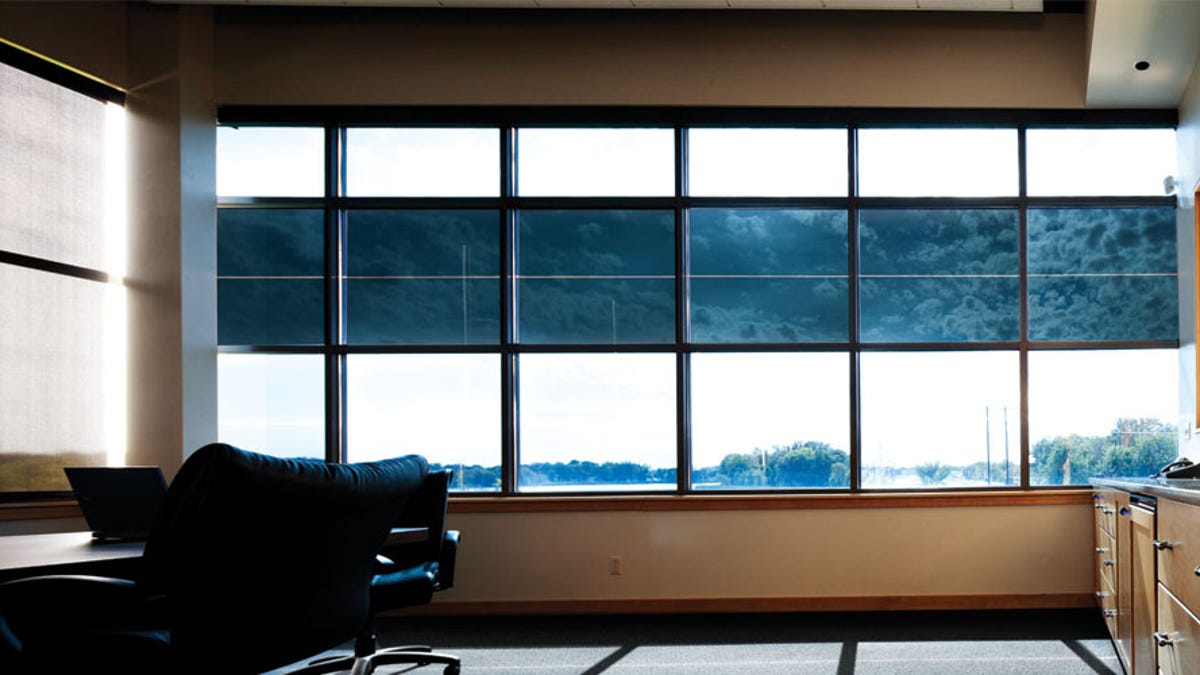Picture brightens on auto-tinting smart windows
Big building companies back smart-glass startups Soladigm and Sage Electrochromics to get auto-tinting glass out of the labs and into buildings.

Windows that shade automatically have been part of high-tech home demos for years, but there are signs that smart glass is leaving research labs and heading into more actual buildings.
Building-materials maker Saint Gobain earlier this week acquired Sage Electrochromics, and another smart glass startup, Soladigm, signed a distribution deal with Guardian Industries, one of the largest glass manufacturers.
Materials scientists have toiled for years developing glass that can automatically tint based on the amount of light coming in, but technical challenges have meant that the technology is hardly used.
The investment by large companies in tintable window glass signals that the technology is mature and affordable enough, at least for commercial customers. "We have been carefully evaluating the landscape for the right technology that is ready for scale and wide spread adoption," Scott Thomsen, Guardian Glass Group president, said in a statement.
Auto-tinting glass cuts glare and reduces energy use by blocking out heat from sunlight and letting in sunlight when wanted to reduce the need for artificial lighting. Particularly for buildings with large glass enclosures, it's an attractive alternative to mechanical blinds, according to Sage Electrochromics.
Sage makes a nano-engineered coating that darkens when it's electrically activated, so it can be tied into a building management system to tint on a schedule or be operated with a switch.
Soladigm licensed a materials from Lawrence Berkeley National Laboratory that tints when an electric charge is applied. Its Dynamic glass relies on sensors to detect light and temperature and adjust tint.
These electrochromic coatings and wiring add cost but give architects the flexibility to use glass and can cut energy costs substantially. Soladigm estimates auto-tinting can save 25 percent on heating and cooling and reduce peak-time heating by 30 percent.
Soladigm is building a factory in Mississippi and Sage Electrochromics has one in Minnesota with a second one in Minnesota expected to start delivering products early next year, according to a representative.
Auto-tinting for regular household windows is likely years away but proving the technology in skyscrapers and office buildings is a step toward consumer smart windows.

